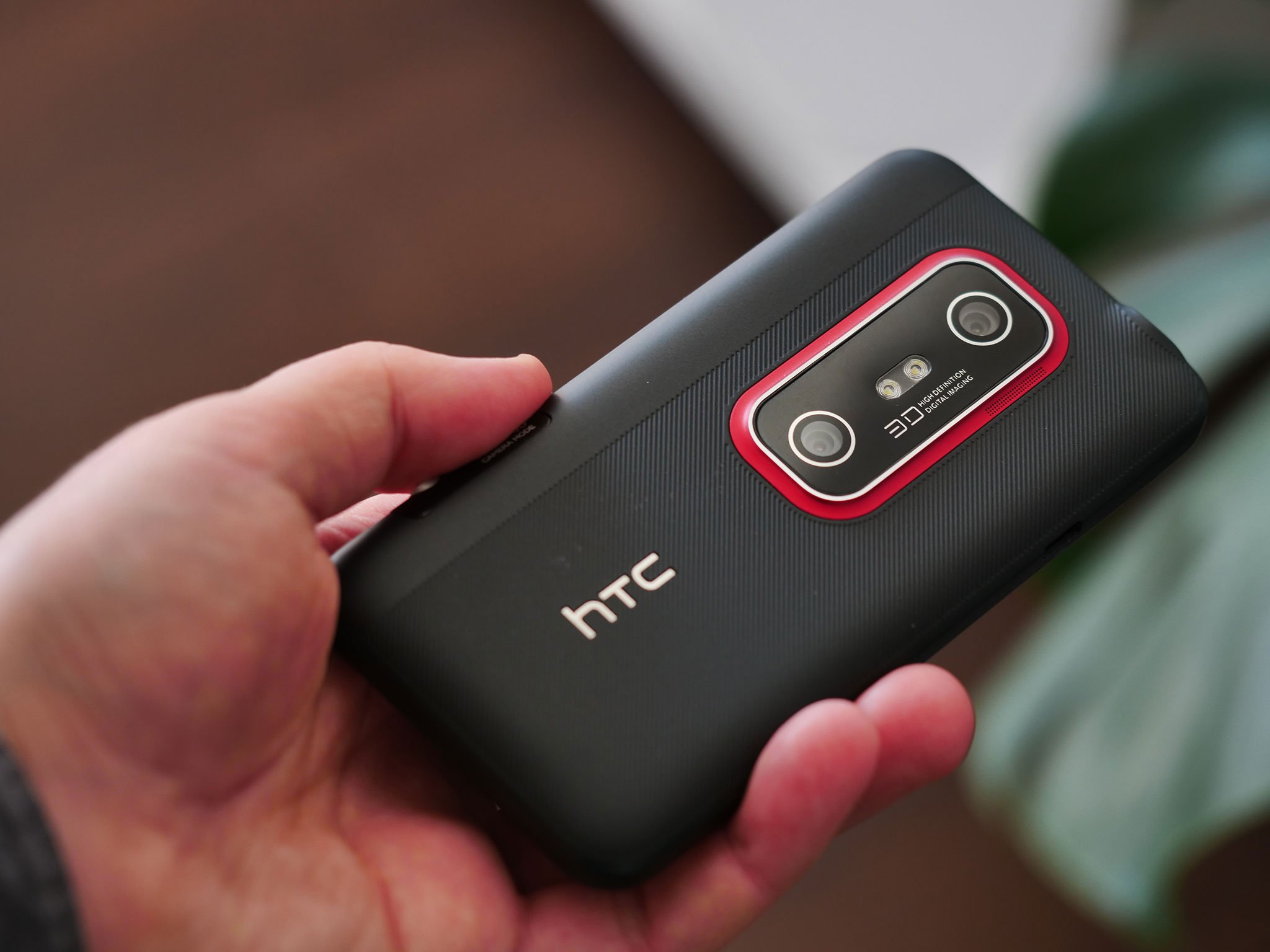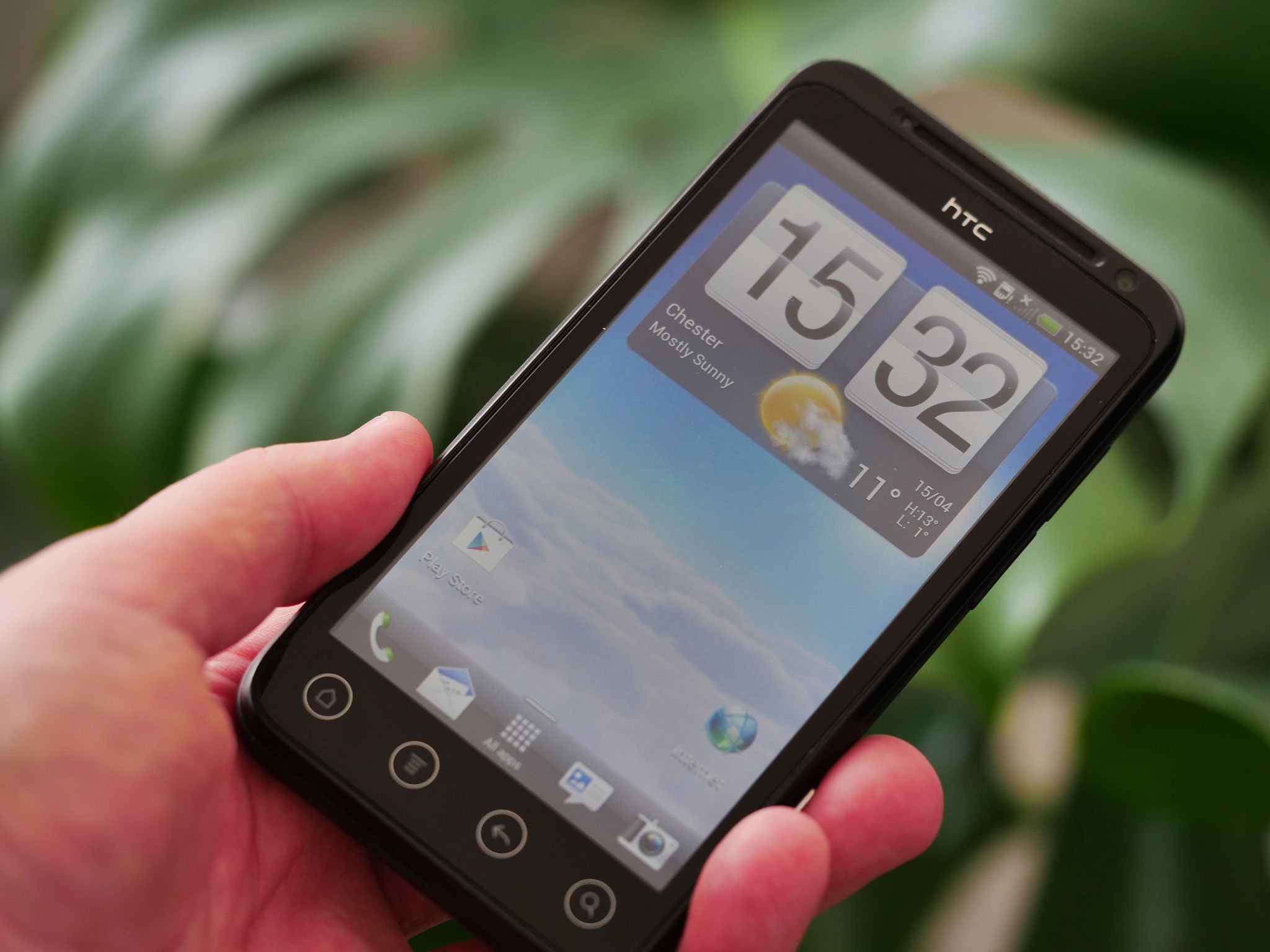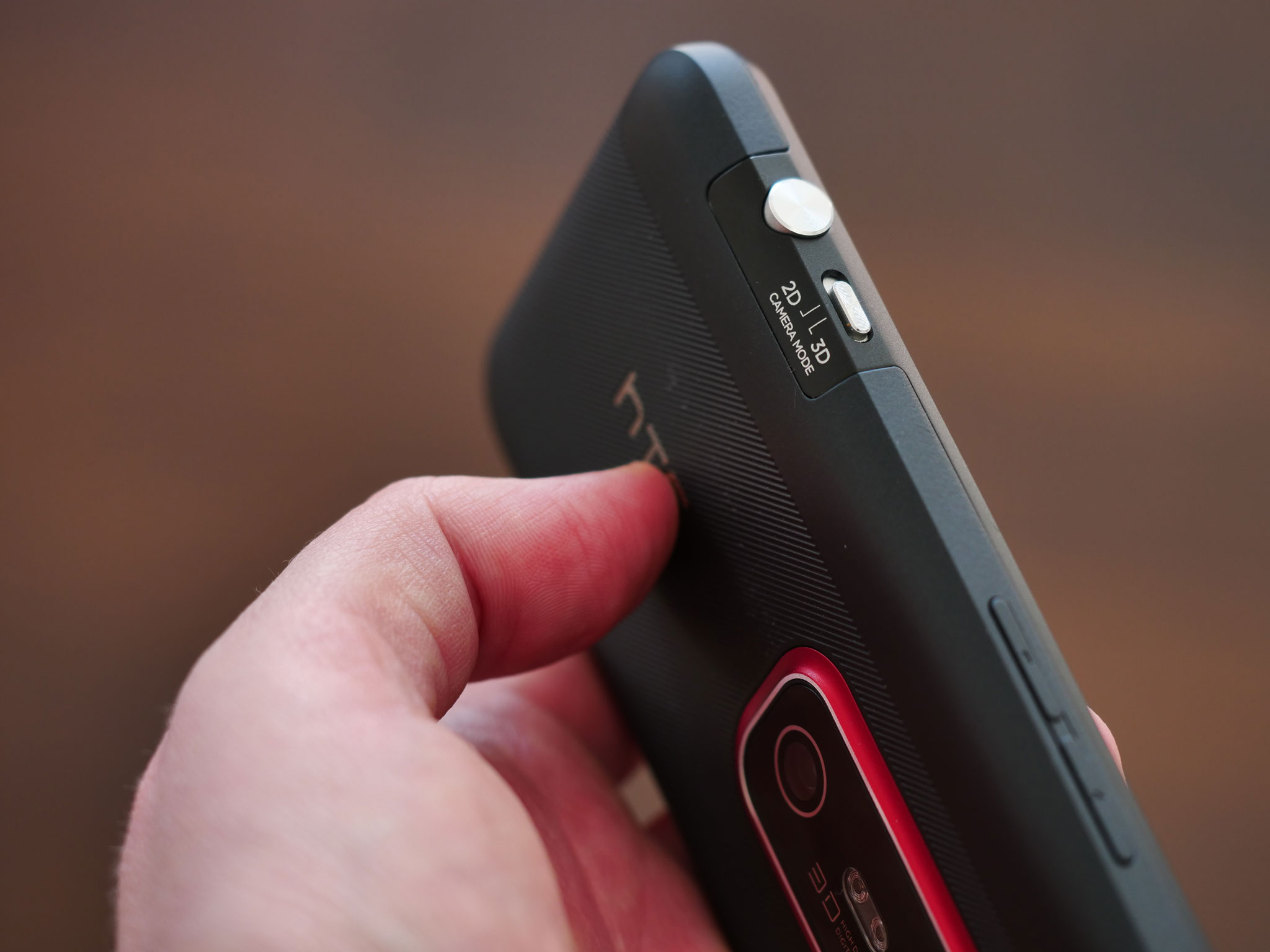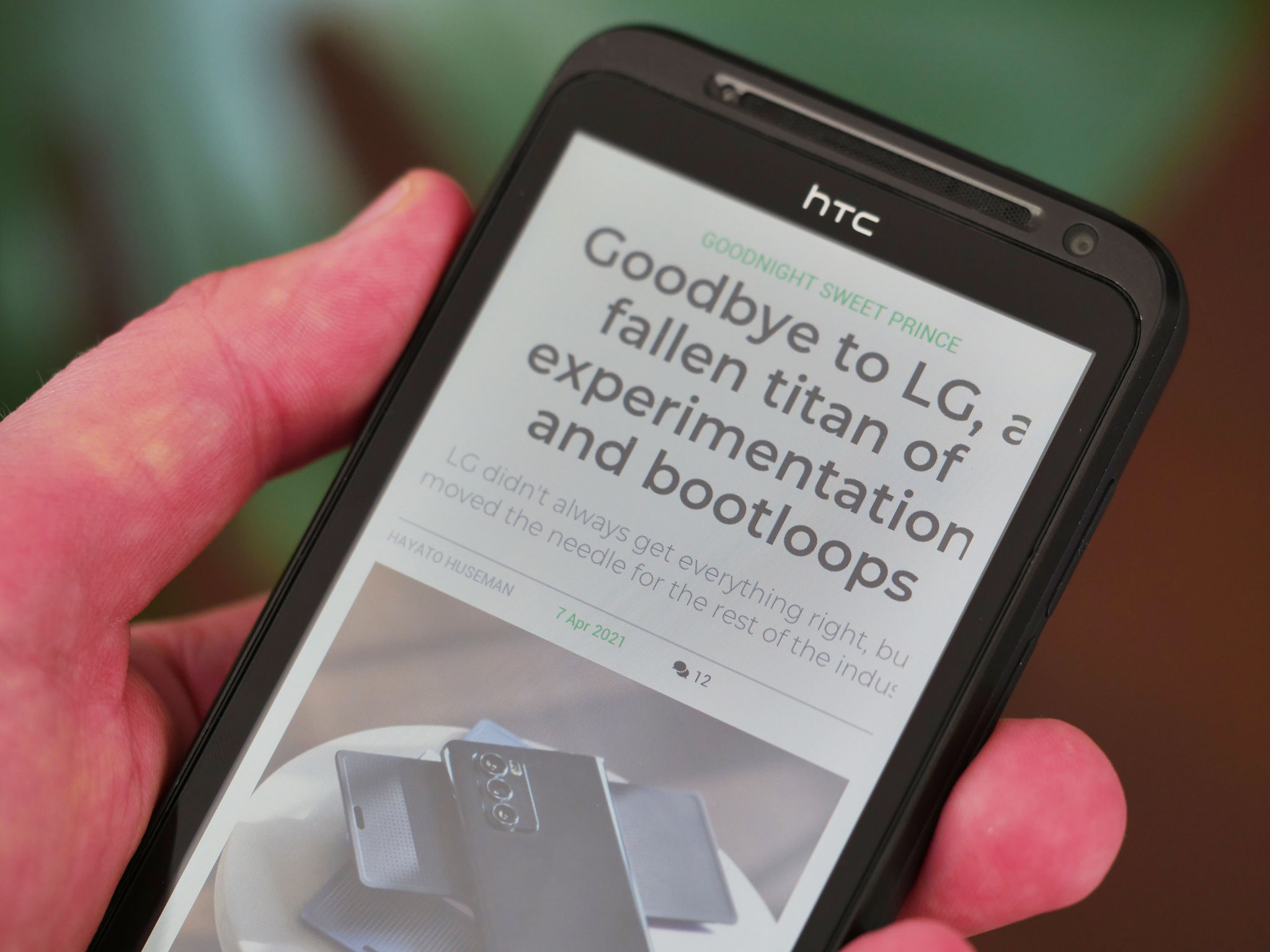Right as HTC was peaking, so was one of the oddities of 2011 tech: 3D. I revisited the phone that combined the two.
Android is coming up on its 13th birthday, which means many of the phones that drove the platform's early success are now a decade or more old. 2011, in particular, gave us the likes of the Galaxy S2 and first Galaxy Note — some of the best Android phones of their time — along with a lot of weird experimentation as the smartphone boom really started to take off.
That's perfectly encapsulated by the HTC EVO 3D, which I've been playing with this past week for the first time in 10 years. Just as the Taiwanese phone maker was peaking in terms of brand awareness and market share, stereoscopic 3D displays were the new hotness. Growing up in the 90s, 3D TV, of the non-cardboard-glasses kind, seemed like science fiction. Now it could fit in a tiny rectangle in a device that also took 3D photos.
Obviously, things didn't quite pan out — for 3D and, ultimately, HTC's phone business.
There are plenty of great primers on exactly what went wrong with 3D — from the chintzy plastic glasses to limited viewing angles and possible headaches. And using it on and off over the past few days has reminded me why the tech — while undeniably cool — turned out to be a dead-end in mobile as well.
Even in 2021, the classic HTC design of a decade ago holds up.
The EVO I picked up is the relatively rare European version, complete with a unique red accent around its dual-camera array. (The Sprint U.S. version used an on-brand golden trim.) HTC didn't sell a whole lot of EVOs outside the US. In Europe, no major carriers picked up the 3D phone — opting, at a time when HTC offered a gazillion different models — to instead for the sleeker Sensation or more mainstream Desire S. So finding this red-accented model in such good condition after a decade is pretty rare.
Its 4.3-inch screen now feels tiny, of course, but what's still striking in 2021 is how solid the hardware feels. The rubberized back panel feels more solid than the creaky plastic being used by Samsung at the time, and the metal front panel has the classic HTC look.
Other hardware oddities include a physical, dual-stage camera shutter key and a physical slider to switch between 2D and 3D photography. The cameras themselves — typical 5MP sensors for the time — are housed in a necessarily giant camera bulge around the back. The extra space between the two lenses needs to be there if you're capturing two shots at a sufficient distance apart to conjure up a decent stereoscopic effect.
And that 3D effect is actually a little better than I remember it being when I tried this phone for a couple of weeks in 2011. There are all the usual 3D caveats around viewing angles and resolution, which get chopped in half when viewing anything in 3D. Plus, it only works in landscape mode because the cameras themselves are oriented that way. But it worked, and being able to capture your own 3D memories was and still is fun — even if the cameras themselves leave a lot to be desired. These weren't good cameras in 2011, and time hasn't been kind to them, with the biggest bugbears being nonexistent dynamic range and lousy low-light performance. But in the right light, with the right amount of depth in the scene, the EVO can produce compelling photos and videos with a neat depth effect.
Though low-quality, shooting 3D memories is still fun.
In 2021, by the way, the only 3D video you're going to be watching on this phone is your own. Given the dearth of 3D content in general and the lack of working video apps like YouTube for the ancient version of Android on the EVO, there's not much else to see.
Good luck actually sharing those 3D memories with anyone else without actually handing them the phone, though. You'd need your own stereoscopic phone, monitor, or TV to see pics from the EVO in all their glory.
Maybe it's just as well that you're mostly limited to watching the EVO's pics on its own screen. Just as it is with the 3D effect itself, when you're looking at not-great 5MP images on a tiny screen at half resolution, your brain fills in some of the gaps.
For use in the 2D world, the EVO's screen lagged behind other LCDs of the time, like the one used in HTC's own Sensation. It was one of the first qHD resolution panels (that's quarter HD or 960x540, which was cutting edge for the time.) But there's a very visible air gap between the glass and LCD, the aforementioned viewing angle issues extends to 2D output as well, and it's generally washed-out compared to the best AMOLEDs of that generation.
My EVO arrived right up to date with Android 4.0.3 Ice Cream Sandwich preloaded, along with HTC's Sense 3.6 UI. This point release inherited a handful of UI tweaks to the 2010-era Gingerbread firmware it launched on, adding niceties like a recent apps bar and quick settings for the first time.
The dual-core Snapdragon buckles under the weight of HTC Sense.
It's this software that really dates the EVO, I think. Smartphone visuals and UI paradigms are so completely different today compared to the skeuomorphism-heavy Sense of a decade ago. It is at least consistent, nicely animated, and pleasant to look at. But it's clear the dual-core Snapdragon inside is buckling under the weight of those weather animations, full-screen widgets, and live wallpapers Sense was well-known for at the time.
(Sense would get a major update the following year to the much slicker version 4.0 before being completely overhauled for the fan-favorite One M7 in 2013.)
As for app compatibility, as you'll know if you've watched my retro reviews of the Galaxy S2 and HTC Desire, you're largely SOL in 2021, with even basic apps like YouTube being unable to connect to their servers. Web browsing is certainly possible though if you're OK clicking through occasional HTTPS errors. And responsive mobile sites like Android Central were easy enough to browse.
HTC ultimately dropped 3D and never revisited the technology in its phones. (As did the recently-departed LG Mobile, who made the EVO's only real 3D competitor, the Optimus 3D.) This EVO's U.S. successor, 2012's EVO 4G LTE, was basically a rebadged HTC One X for Sprint.
Even if 3D had lived on in mobile tech, it's unlikely to have become a feature in mainstream flagships for all the reasons I've seen during my time with the phone in recent days. The display can't match a good OLED or LCD in regular 2D mode. You need a great big honking gap between the cameras to take halfway decent 3D photos. And without 3D displays in other places, sharing your stereoscopic creations would be next to impossible. 3D couldn't succeed in phones without buy-in elsewhere, and unfortunately for the EVO, it just didn't happen.
Farewell, 3D phone. It's been weird.
Source: androidcentral



